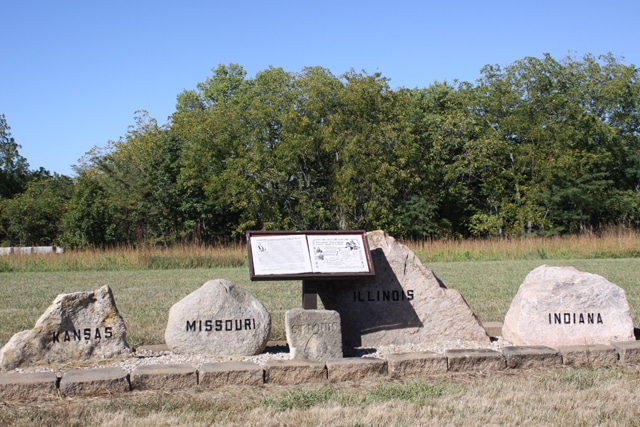
Each year, in the first week of September, my newsfeed and inbox fills with stories and press releases about the Potawatomi Trail of Death. The articles usually consist of a brief synopsis of the turmoil that preceded the removal of the Potawatomi from northern Indiana and the most basic information about the removal itself such as the key government players, the number of Potawatomi removed, and how far and long the westward journey to Kansas took. The entire coverage of an event that forever changed the history of our Tribe is nicely wrapped up in a two paragraph article published once a year.
This year, I approached the staff of the Hownikan about presenting the story of this tragic period in our history to our Tribal members in a more thorough way. Rather than covering the Trail of Death in a single “This day in history” piece, we decided to post a series of excerpts from journals and letters of the individuals who documented the removal, detailing the grueling day-to-day experiences of the two-month journey. We hoped that it might impart new understanding of the event for some of our readers.
I realize that just presenting the writings of non-Natives involved with the removal only tells part of the story, but it is a good beginning. Each year I hope we can add to our coverage of this and other important events in the history of our tribe by including interviews with elders who have family stories about the Trail of Death, inviting tribal members who have researched and extensively written about it to contribute articles, and publishing biographical pieces and family histories about some of the Potawatomi who experienced the struggle of the removal first hand.
Our hope with this series was that each day, as readers scrolled through their Facebook page or browsed www.Potawatomi.org, they would pause to remember our ancestors and what they endured. Many CPN members are descendants of the men, women, and children who survived the removal, and it is our job to remember and honor them.
Our ancestors did not have any choice in removing from their homeland; but we are their legacy, and we do have choices. We can decide each day to try to live in a good way, to put tobacco down as we give thanks and pray for guidance from the Creator, to try to speak our language, and to listen to our elders.
Each time we do these things we retrace their path and get one step closer to returning “home.”
